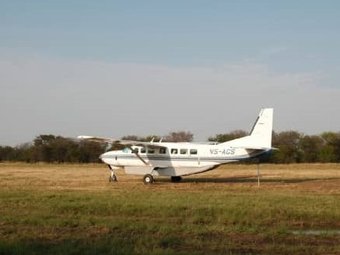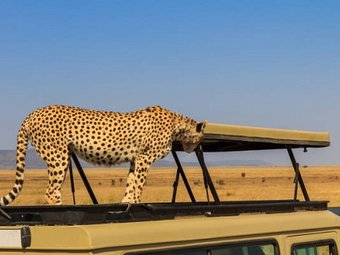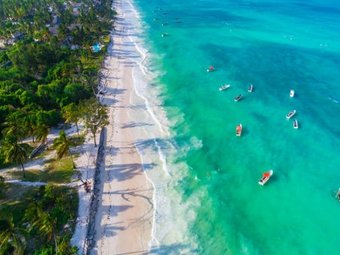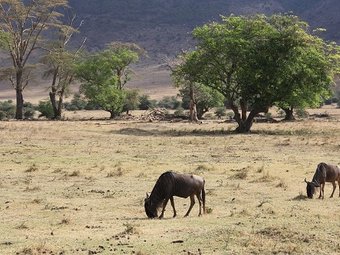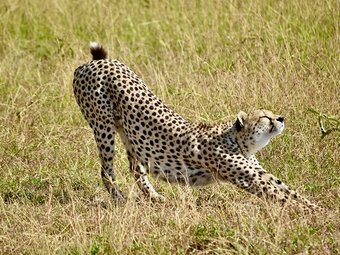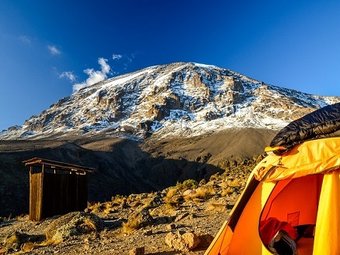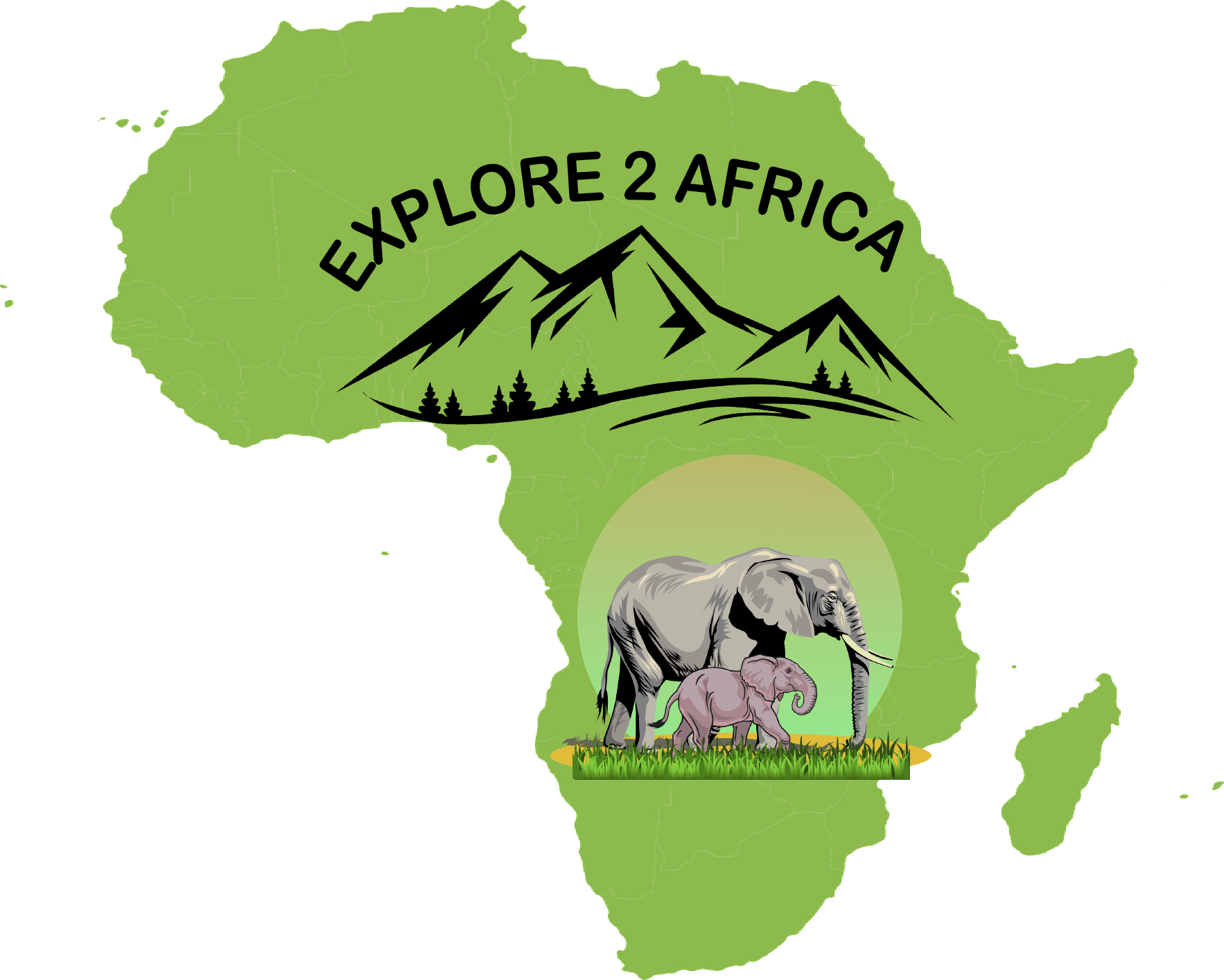Best time to climb Kilimanjaro
7 days—The best time to climb Kilimanjaro is during the dry seasons: December to March and June to October, at an affordable price of $1500 to $2500 pp.
$1500-2500 USD
pp
Safari summary
The best time to climb Kilimanjaro is during the dry season, which runs from late June to October and from December to February. During these months, the weather is generally clear and dry, making it easier to climb. We generally advise that the best time to climb Kilimanjaro is during the warmest and driest times of the year, from December to mid-March and mid-June to the end of October. However, although these are considered to be the best times to climb the mountain in terms of weather, they are also the busiest months.
There are two main dry seasons:
1. December to March: This is considered the best time to climb Kilimanjaro. The weather is generally clear, and the temperatures are milder, making for a more comfortable climb. However, it can be quite busy on the trails during this period.
2. June to October: This is also a good time to climb Kilimanjaro, with relatively dry and clear conditions. The temperatures are a bit colder compared to the December–March period, but it's still a popular time for climbers.
7 days Lemosho route is the best Kilimanjaro's itinerary to hike Kilimanjaro in your holiday with the best time to trek Kilimanjaro. This itinerary allows you to experience the diverse landscapes and challenges of the Lemosho Route while gradually acclimatizing for a better chance of reaching the summit of Mount Kilimanjaro. Other routes to consider are Machame, Marangu, Rongai, and the Northern Circuit. Give us a call to plan your Kilimanjaro vacations.
The best time to climb Kilimanjaro month-by-month
1. January: Clear skies and less crowded trails offer great conditions for the climb.
2. February: Still a good time with excellent visibility, especially in the early part of the month.
3. March: Rainy season begins; trails are less crowded, but weather can be wetter and colder.
4. April: Rainy season continues; not recommended due to slippery conditions and reduced visibility.
5. May: Rainy season persists; trails are often closed, best to avoid climbing.
6. June: Dry season starts; clear skies, less rain, and increasing numbers of climbers.
7. July: peak dry season; popular choice for climbers with stable weather and stunning views.
8. August: Similar to July; busy trails and pleasant climbing conditions.
9. September: Considered one of the best months; mild temperatures, clear skies, and fewer crowds.
10. October: Good conditions continue, though it might get busier towards the end of the month.
11. November: The short rainy season begins; trails are less crowded, but weather can be challenging.
12. December: Clear skies and less crowded trails offer great conditions for the climb.
About this tour
| Tour type | Set-date, set-itinerary, group | |
| Main focus | Hiking | trekking | |
| Activity level | Strenuous activity | |
| Best months | January, February, March, April, June, July, August, September, October, November, December | |
| Countries | ||
| Parks |
What’s included?
- Accommodation
- Meals
What’s not included?
- International flights
- Visas
Itinerary
Lemosho Gate to Forest Camp
Kilimanjaro
Elevation: 2,360m (7,740ft) to 2,650m (8,694ft) Begin your adventure at Lemosho Gate. Trek through lush rainforests, spotting diverse flora and fauna. Camp at Forest Camp (Mti Mkubwa) amidst the enchanting surroundings.
Forest Camp
Forest Camp to Moir Hut Camp
Kilimanjaro
Elevation: 2,650m (8,694ft) to 4,200m (13,780ft) Ascend through moorland, experiencing changing landscapes. Pass the unique Senecio trees and enjoy panoramic views. Reach Moir Hut Camp, nestled at the base of Lent Hills.
Moir Hut Camp
Moir Hut Camp to Barranco Camp
Kilimanjaro
Elevation: 4,200m (13,780ft) to 3,976m (13,045ft) Traverse rocky terrain and ascend Lent Hills. Descend to the stunning Barranco Valley. Camp at Barranco Camp, beneath the towering Barranco Wall.
Barranco Camp
Barranco Camp to Karanga Camp
Kilimanjaro
Elevation: 3,976m (13,045ft) to 3,995m (13,106ft) Conquer the iconic Barranco Wall. Journey through alpine desert landscapes. Arrive at Karanga Camp, with vistas of the Southern Glaciers.
Karanga Camp
Karanga Camp to Barafu Camp
Kilimanjaro
Elevation: 3,995m (13,106ft) to 4,673m (15,331ft) Ascend to Barafu Camp, the base for your summit attempt. Prepare for the challenging climb ahead. Rest and acclimatize at Barafu, surrounded by a surreal mountain landscape.
Barafu Camp
Barafu to the Summit to Mweka Camp
Kilimanjaro
Summit Elevation: 5,895m (19,341ft) Descend to Mweka Camp: 3,100m (10,170ft) Begin your summit push in the early hours, aiming for Uhuru Peak (5,895m or 19,341ft). Witness a spectacular sunrise over Africa from the highest point. Descend to Mweka Camp, celebrating your achievement.
Mweka Camp
Mweka Camp to Arusha or Moshi
Kilimanjaro
Elevation: 3,100m (10,170ft) to 1,640m (5,380ft) Descend through lush rainforests, recalling your epic journey. Reach Mweka Gate, where you'll receive your summit certificates. Return to Arusha or Moshi, reflecting on your unforgettable Kilimanjaro experience.
Arusha or Moshi
Here are the latest 6 tours by Explore 2 Africa. See all 496 tours.
Mikumi Safari Trip From Pongwe
Tour by: Explore 2 Africa
Countries:

Focus: Game drives
One day safari in Tanzania
Tour by: Explore 2 Africa
Countries:

Focus: Game drives
One week in Zanzibar
Tour by: Explore 2 Africa
Countries:

Focus: None
Selous Safari From Matemwe
Tour by: Explore 2 Africa
Countries:

Focus: Game drives
Selous Safari Tour From Pongwe
Tour by: Explore 2 Africa
Countries:

Focus: Game drives
Machame route itinerary
Tour by: Explore 2 Africa
Countries:

Focus: Hiking | trekking
Cleanliness of vehicle
Meet and greet team
Quality of itinerary
Responsiveness of staff
